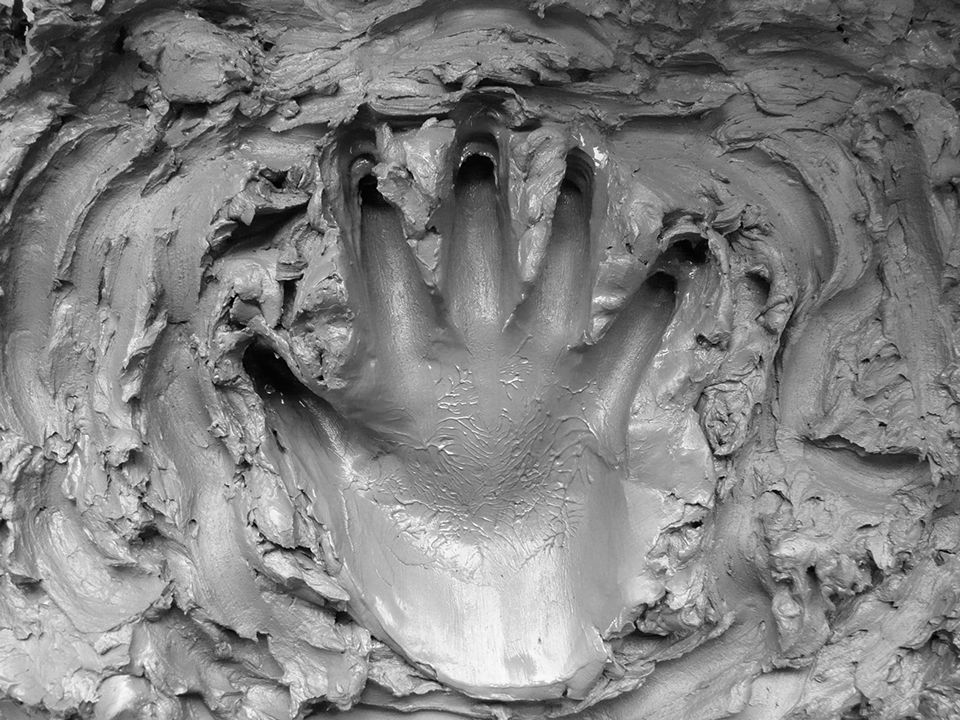To mark the Lethaby Gallery exhibition, Craftsmanship Alone is Not Enough, Duncan Hooson, Stage One Course Leader on BA Ceramic Design, introduces us to this sensational stuff called clay.
It’s messy, temperamental and wonderful.
We line reservoirs and canals with it.
Bake, cook, drink and eat from it.
Defecate, piss, vomit, wash and bathe in it.
We create conceptual, decorative, visceral, lyrical art with it.
We make big architectural brick and tiled buildings.
Just look at the reflective crocodile tiled roof of the Sydney Opera House.
We make very small micro silica chip things.
Functional, useful, provocative, place-making and site-specific things.
We, mould, speak, and communicate, have conversations outside and inside the community of practice about it.
We leave it for future generations to ponder and try to understand us, enabling archaeologists to find, analyse, explore and theorise the it of it.
It’ll be here long after we are gone. Walk on the Thames foreshore
and put your own thumb in the thumb indent of a sherd from stuff made by a medieval potter or child and be transported.
How much do we understand it? We have to learn to know and love it. We make things with this stuff that sticks to our souls. It’s the muddy mud on our boots!
We put it in our mouths daily as toothpaste, cake our face in it to create masks to make us more presentable, bearable and likeable, ease our stomachs, swallow medicines, clarify wine, grow grapes, soften leather with it.
Earth’s atmosphere won’t harm on re-entry from space because of it.
Ceramic ball bearings keep us moving.
Filtration systems keep us hydrated.
Insulators stop us being electrocuted.
Carburettors keep the air cleaner.
Old and new terracotta systems keep foods longer.
It’s super tough stuff.
Anti-stab Kevlar will protect.
It protects the cutting bit while deep earth drilling and stabilises
the holes during it.
It has geotechnical and environmental applications and is used
in foundry work for casting metals.
The oil industry uses it for filtering and refining petroleum.
It’s used in water treatment and wastewater management. Doulton’s partnership with Balzagette knew the value of it – they moved sewage under and out of London through salt glazed pipes, a smooth ride.
It’s used in the production of rubber and plastics.
It’s in this paper you’re holding right now.
Oh and another thing. Silica compounds are in your mobiles and computers.
We take apprenticeships, degrees, create narratives and graduate with it.
Simply touching clay stimulates the senses as fingertip channels of information flood the brain.
We can then start to understand and control it.
How much understanding does this take?
Years and years depending on the level of fascination with it.
Deeper knowledge just takes time.
It’s not a discipline for the impatient.
First timers can gain initial successful results, old timers know it’s about doing it again and again and…!
This is an excerpt. To read the full piece, pick up the Craftsmanship Alone is Not Enough publication at the exhibition on show at the Lethaby Gallery until 11 February.
More Information

